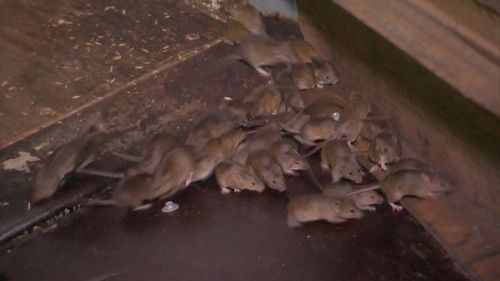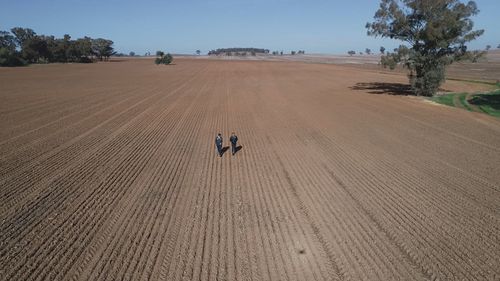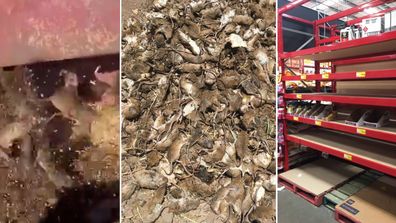Wagga Wagga farmer Peter Rayner was “devastated” when he lost a whole paddock of Canola after the plague in 2021.

Rayner said you could see “little drill holes” showing where they had been taking all the seeds.
In hopes of finding a solution, he allowed Sydney University scientists to spray his wheat crop with oil derived from wheat germ.
The spray worked to ward off rodents by camouflaging the scent of the seeds as mice find their food through smell.
The wheat germ spray reduced damage to his crops by 74 per cent.

Sydney University PHD candidate Finn Parker said he was in “disbelief” over the results.
“When I finally saw there was a difference and it had worked it was pretty exciting,” Parker said.
Read Related Also: Fauci looks back on the US response to the pandemic
Mice eat around 100 seeds a day, which means a crop can quite easily be wiped out.
“If you put those odours everywhere on the ground the mice can’t pinpoint exactly where the seed is,” Sydney University Professor Peter Banks said.

The giant NSW mouse plague
“If the smell is there and they are digging and getting nothing they have to give up,” Banks said.
“We had fooled mice which wasn’t a small thing because mice are smart and its not easy to fool mice.”
The product was oil made from a by-product of the milling process, which reduced the need for using toxic pesticides.





